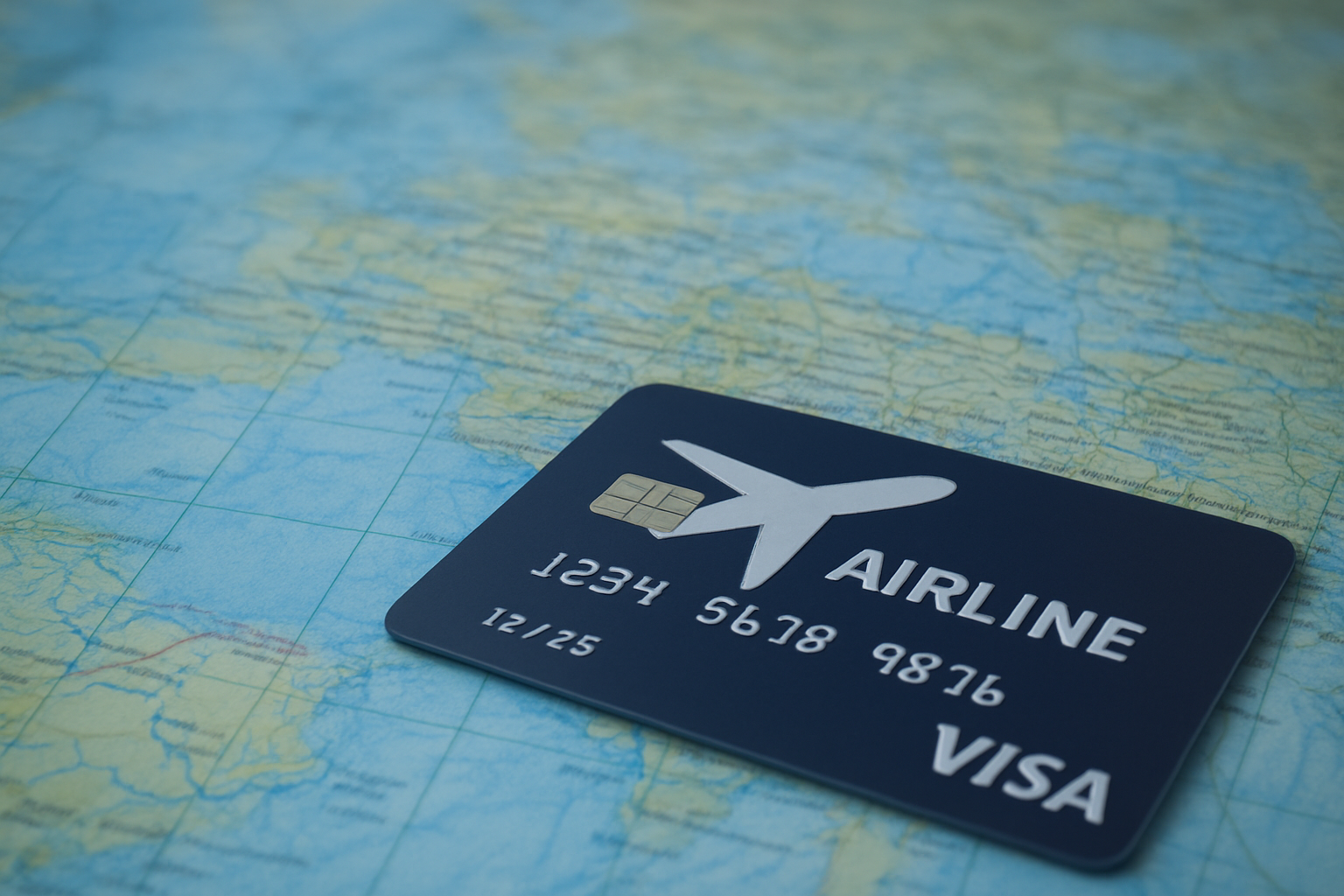Managing Debt as a Digital Nomad: Tips for Staying in Control
Living the life of a digital nomad can be incredibly rewarding—working from anywhere, exploring new cultures, and experiencing freedom in ways that traditional office jobs simply can’t provide. However, one aspect of life that can still follow you around the globe is debt. Whether it’s student loans, credit card debt, or business expenses, managing your financial obligations while living a nomadic lifestyle presents unique challenges.
In this guide, we’ll dive into strategies for managing debt as a digital nomad, ensuring that your adventurous lifestyle doesn’t derail your financial health. From building a budget to avoiding new debt, there are plenty of ways to stay in control while enjoying the perks of nomadism.
Why Debt Management Is Essential for Digital Nomads
While living as a digital nomad comes with many freedoms, it also lacks some of the stability that traditional lifestyles offer. With fluctuating income and varying costs of living in different countries, it’s easy to lose track of finances, especially when debt is involved. If not carefully managed, debt can quickly spiral out of control, leading to stress and limiting your ability to fully enjoy the nomadic life.
Managing debts requires not only a clear understanding of your financial situation but also discipline and forward planning. By staying on top of your debt, you can maintain a sense of financial freedom, even as you move from one destination to another.
Setting Up a Debt Repayment Plan
1. Assess Your Debt Situation
Before you can manage your debt, you need a clear understanding of it. Start by listing all of your debts, including credit cards, student loans, and any other outstanding obligations. Take note of the interest rates, minimum monthly payments, and total balance for each debt.
This will give you a clear picture of what you owe and help you prioritize which debts to tackle first. Generally, high-interest debts, like credit cards, should be paid off as soon as possible to avoid accumulating even more debt.
- Tip: Consider using apps like Mint or YNAB to track your debt and overall finances. These tools can help you monitor spending and allocate funds toward debt repayment.
2. Create a Budget that Fits Your Nomadic Lifestyle
Budgeting is critical when it comes to managing debt as a digital nomad. Start by determining your average monthly income, taking into account fluctuations that might arise from freelance work or inconsistent contracts. Then, estimate your living expenses in various destinations. Remember, some places like Southeast Asia are significantly cheaper than others, like Western Europe.
Allocate a portion of your income specifically for debt repayment. This could mean making sacrifices in other areas of your spending, like reducing eating out or cutting back on leisure activities.
- Budget Example:
- Rent & Utilities: $500 (for low-cost countries)
- Food & Groceries: $300
- Transportation: $100
- Entertainment & Miscellaneous: $200
- Debt Repayment: $600 (allocated specifically for paying off loans/credit cards)
3. Use the Snowball or Avalanche Method
There are two popular strategies for paying off debt: the snowball method and the avalanche method. The snowball method focuses on paying off your smallest debts first, gaining momentum and motivation as you go. The avalanche method targets high-interest debts first, which saves you more money in the long run.
- Snowball Method: Pay off the smallest balance first while making minimum payments on larger debts.
- Avalanche Method: Pay off the debt with the highest interest rate first, then move on to the next highest.
Both methods work well, so choose the one that fits your personality and financial goals. The key is consistency.
Maintaining Financial Discipline on the Road
1. Prioritize High-Interest Debt
High-interest debt, such as credit card balances, can quickly become unmanageable if left unchecked. Make it a priority to pay these off as soon as possible. If you’re earning a steady income through remote work, consider increasing your monthly payments to these debts to reduce the principal faster.
- Tip: If you’re struggling with high-interest credit card debt, look into a balance transfer to a card with a lower interest rate or a 0% introductory APR. This can provide temporary relief while you work to pay it off. Check out this guide on balance transfers.
2. Avoid New Debt
One of the biggest challenges for digital nomads is avoiding new debt while traveling. It’s easy to get caught up in the excitement of visiting a new place and overspend. However, using credit cards for unnecessary purchases can quickly lead to mounting debt.
Whenever possible, avoid relying on credit cards, and stick to a cash-based system to keep your spending in check. If you must use a credit card, make sure you can pay off the balance in full each month.
- Tip: Use apps like Splitwise or Trail Wallet to track your daily expenses and stay within your budget.
Strategies for Staying Debt-Free
1. Build an Emergency Fund
An emergency fund is critical for digital nomads, especially if you’re living in countries with fluctuating costs or unpredictable income. Aim to save 3-6 months’ worth of expenses so that you can cover unexpected costs like medical emergencies, travel disruptions, or technology repairs.
Having an emergency fund can also help you avoid taking on new debt when unexpected expenses arise. Many digital nomads recommend keeping these savings in a high-yield savings account, which can provide better returns than a traditional savings account.
- Learn more about building an emergency fund for nomads here.
2. Find Remote Income Streams
Maintaining a consistent income is essential for managing your debt. Many digital nomads diversify their income by taking on multiple freelance jobs, building passive income streams, or starting their own online businesses.
If your current income isn’t enough to cover both your living expenses and debt repayments, consider finding additional sources of income. Teaching English online, freelance writing, and virtual assisting are popular ways to earn extra money while traveling.
Check out this guide on creating multiple income streams for digital nomads to support your lifestyle.
3. Live Below Your Means
One of the best ways to stay out of debt is to live within or below your means. As a digital nomad, this means choosing destinations that fit your budget, cutting unnecessary expenses, and avoiding luxury purchases unless absolutely necessary.
Research the cost of living in different countries and choose locations that allow you to stretch your money further. For example, countries like Thailand, Vietnam, and Mexico offer a high quality of life at a fraction of the cost compared to Western countries.
- Check out Nomad List for insights into cost-of-living comparisons for various cities around the world: Nomad List.

Using Technology to Stay on Track
1. Leverage Financial Apps
There are numerous financial apps designed to help you stay on top of your debt and budget while on the move. Here are a few highly recommended ones for digital nomads:
- Mint: Tracks your spending, categorizes your expenses, and helps you stick to your budget.
- YNAB (You Need a Budget): Focuses on proactive budgeting to help you save for the future and pay off debt.
- Debt Payoff Planner: Assists in planning and tracking your debt repayments, showing your progress as you go.
By incorporating these apps into your daily routine, you can ensure that you never lose sight of your financial goals, no matter where you are in the world.
Keeping Your Finances Healthy and Your Mind Free
Managing debt as a digital nomad doesn’t have to be overwhelming. With the right strategies, tools, and mindset, you can enjoy the freedom of a nomadic lifestyle without the burden of financial stress. From creating a solid budget to paying off high-interest debt, it’s all about staying disciplined and informed.
Remember, living a life of travel and adventure doesn’t mean you have to sacrifice financial stability. By staying proactive and managing your debt wisely, you’ll be able to fully embrace the digital nomad lifestyle, all while maintaining control of your financial future.













